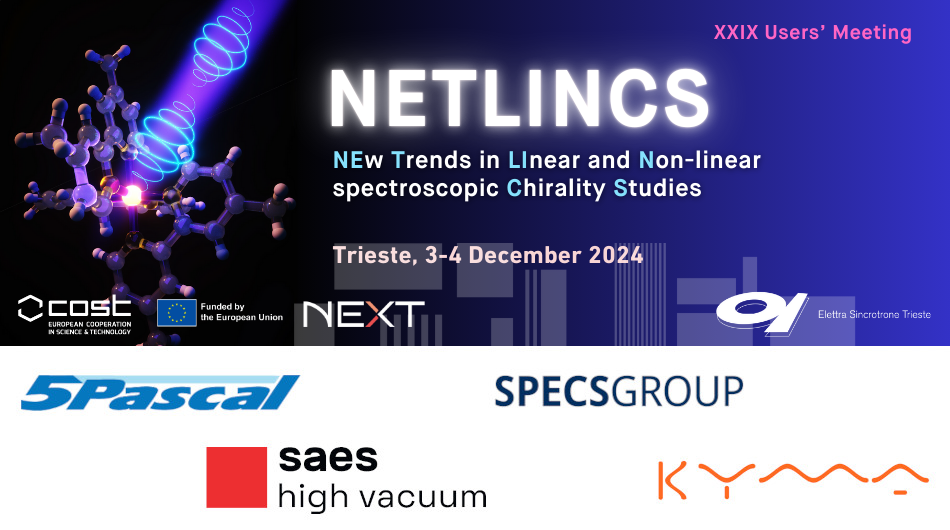Speaker
Description
Selective absorption of light at specific frequencies determines the color of an object and results from the discrete energy levels of atoms or molecules in the material. This selective absorption also occurs when the handedness of polarized light interacts with the non-superimposable mirror image of a chiral object, as in circular dichroism (CD). Tunability of light absorption, it is typically achieved through fabrication of optoelectronic devices made of plasmonic nanostructures or via electrical tuning of a thin film absorber. In this presentation, I will demonstrate how the helical phase of light can be used to achieve selective and dynamic tuning of absorption in liquids, solids, plasmonic metasurfaces, and gas-phase atoms and molecules.
First, I will introduce a novel chiroptical detection technique based on absorption of linearly polarized helical light beams. In chiral systems, two enantiomers, which are non-superimposable mirror images, can only be distinguished when they interact with another chiral system. A typical optical probe exploits the broken symmetry of circularly polarized light, resulting in differential absorption of left- and right-handed polarizations, leading to CD. By transferring this broken symmetry to the helical phase of the light rather than its polarization, I will demonstrate enhanced and scalable enantioselectivity in chiral systems. The handedness of helical light beams is determined by the twisting of the wavefront undergoing l intertwined rotations in one wavelength resulting in an orbital angular momentum (OAM) of lħ, where l value is theoretically unbounded.
Second, I will show that dichroism also exists in achiral systems and can be precisely controlled by displacing the phase singularity present in helical beams. According to conventional understanding within dipole approximation, dichroism is not expected in achiral systems due to mirror symmetry. However, breaking this symmetry spatially in the beam profile and using the helical phase of light leads to dichroism, which arises from coupling of the electric dipole and electric quadrupole terms in the multipole expansion of the interaction Hamiltonian. Helical dichroism can be tubed by changing the l value, position of the singularity, polarization and superposition of Gaussian and OAM beams.
Third, I will discuss the control and tunability of strong field ionization of atoms and molecules. Ionization can either be enhanced or suppressed by changing the handedness of helical light beams and displacing the phase singularity, leading to dichroism. The OAM dependence of tunnel ionization, beyond dipole approximation, is induced by the phase singularity, causing variations in the distortion of the atomic potential depending on the handedness of helical light. This effect is further amplified by the field gradient in asymmetric LG beams, enabling control and tunability over ionization and electron energy, which opens new opportunities in spectroscopy, attosecond science, plasma physics and imaging.
References
1. Begin, J-L, et al “Nonlinear helical dichroism in chiral and achiral molecules,” Nature Photonics, 17, 82, 2023.
2. Jain, A. et al “Intrinsic dichroism in amorphous and crystalline solids with helical light, Nature Comm, 15, 1350, 2024.
3. Jain, A. et al “Selective and tunable absorption of twisted light in achiral and chiral plasmonic metasurfaces,” ACS Nano, 18, 27383, 2024

